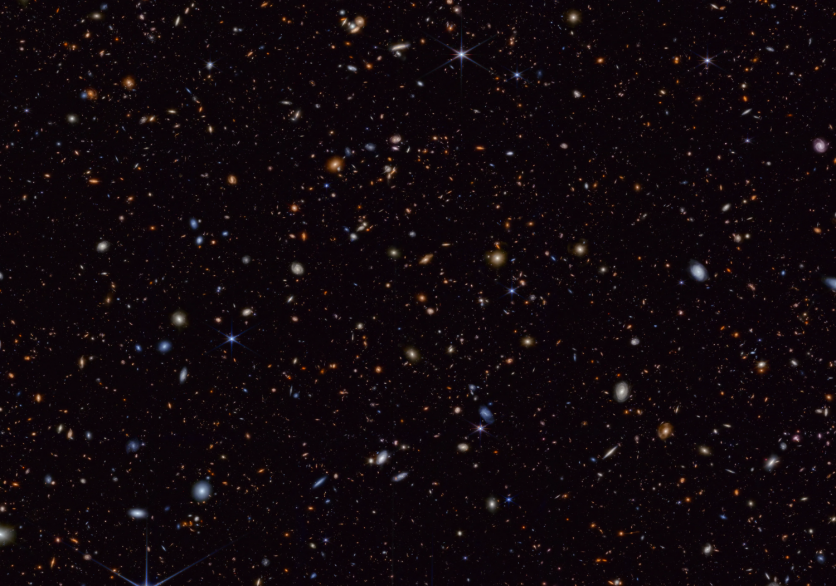NASA's James Webb Space Telescope has truly begun unraveling the mysteries of the cosmos ever since it was launched in 2021. Now, it offers scientists an initial detailed glimpse of supernovae from when the universe was younger.

NASA: 'Supernova Discovery Machine'
Utilizing data from Webb, a team of astronomers has discovered 10 times more supernovae in the early universe, surpassing previous detection of such objects. Among these discoveries are some of the most distant supernovae ever observed, which is pivotal.
Christa DeCoursey, a graduate student at the Steward Observatory and the University of Arizona, expressed excitement over Webb's capability, labeling it a "supernova discovery machine." The abundance of detections coupled with the vast distances to these exploding stars mark significant outcomes of the survey.
To achieve these breakthroughs, researchers scrutinized data from Webb's Advanced Deep Extragalactic Survey (JADES) program. According to NASA, Webb's ability to detect extremely distant supernovae stems from their light being stretched into longer wavelengths, a phenomenon called cosmological redshift.
Before Webb's deployment, only a few supernovae were identified above a redshift of 2, corresponding to when the universe was merely a fraction of its current age. However, the JADES sample contains numerous supernovae that exploded even earlier, providing insight into the universe's infancy, particularly when it was less than 2 billion years old.
NASA on the Universe's Teen and Pre-Teen Phases
Unlike previous observations conducted by the Hubble Space Telescope, which focused on supernovae from the universe's "young adult" phase, NASA noted that JADES allowed scientists to observe supernovae from the universe's "teen" or "pre-teen" stages.
This expanded temporal view offered a glimpse into the universe's earlier epochs. The discovery process involved comparing various images captured over a year to identify sources that appeared or disappeared.
These transient objects, which exhibit varying brightness over time, include supernovae. Around 80 supernovae were unearthed in a small patch of sky, demonstrating the effectiveness of the JADES Transient Survey Sample.
Type Ia supernovae hold particular importance due to their known uniform brightness, making them crucial tools for gauging cosmic distances and the rate at which the universe expands.
According to NASA, the team's detection of a Type Ia supernova at a redshift of 2.9 represents a milestone in measuring vast cosmic distances. Analyzing these supernovae aims to ascertain whether their inherent luminosity remains constant across various redshifts, thus affirming their reliability as indicators of cosmic distances.
Supernovae from the early universe offer glimpses into environments vastly distinct from those of the present era. These primordial supernovae, stemming from stars with fewer heavy elements than our sun, provide valuable insights into star formation and explosion processes in extreme conditions.
"Because Webb is so sensitive, it's finding supernovae and other transients almost everywhere it's pointed," Eiichi Egami, a research professor at the University of Arizona and JADES team member, said in a press statement. "This is the first significant step toward more extensive surveys of supernovae with Webb."
Related Article : ESA Showcases the Ancient Echo of an 800-year-old Supernova Explosion

ⓒ 2025 TECHTIMES.com All rights reserved. Do not reproduce without permission.




